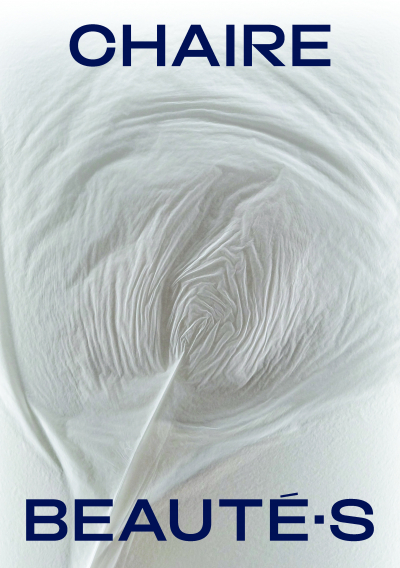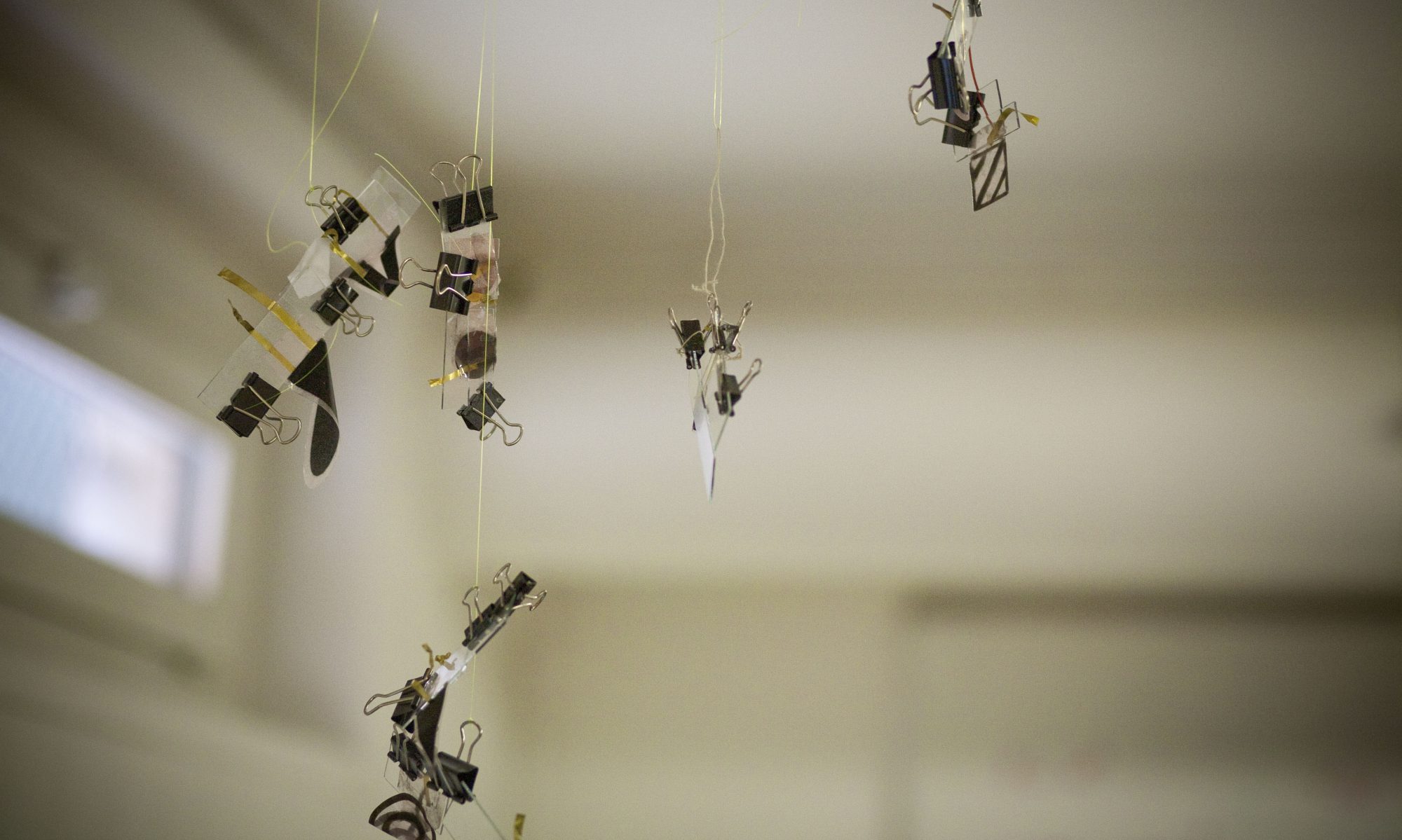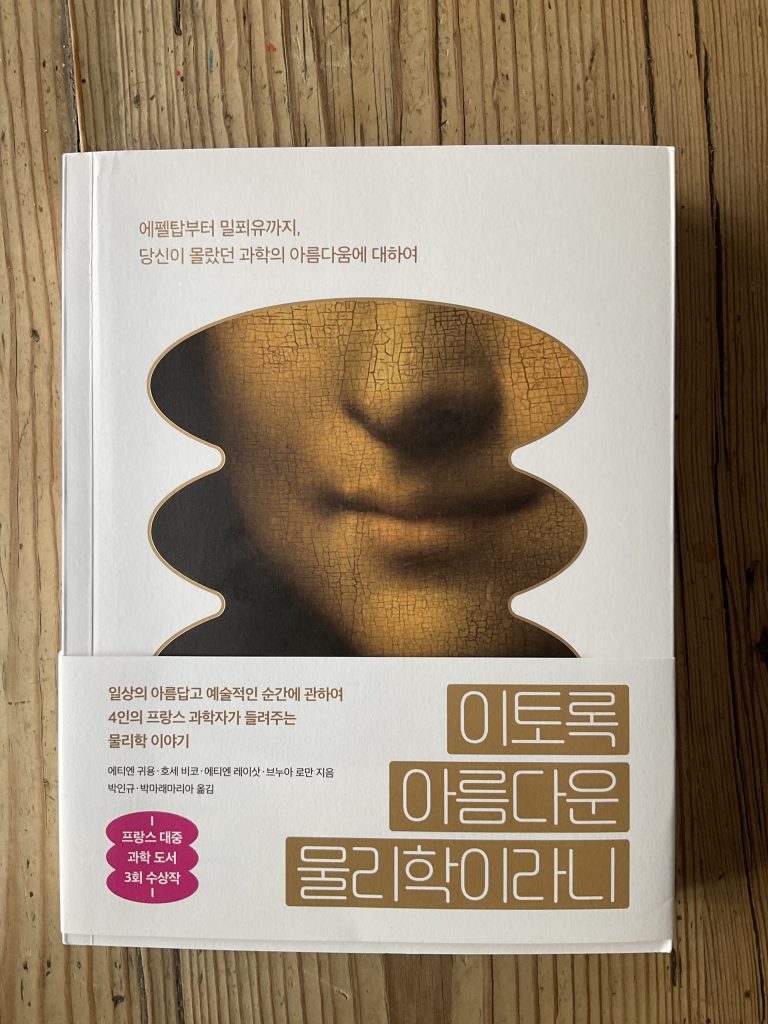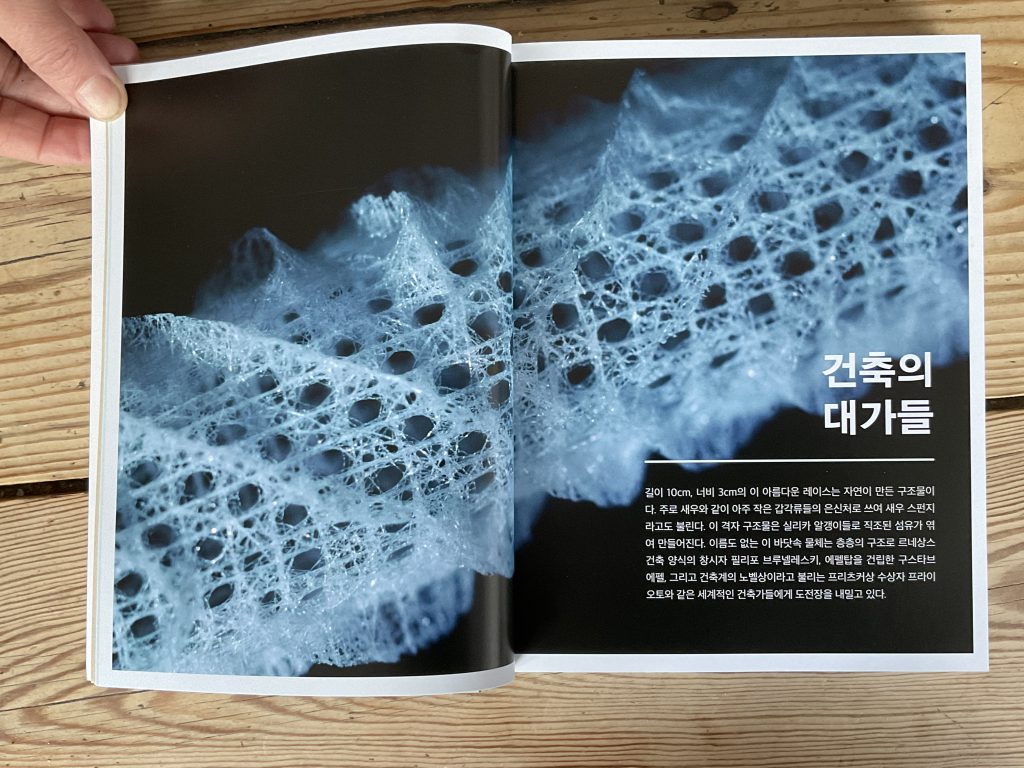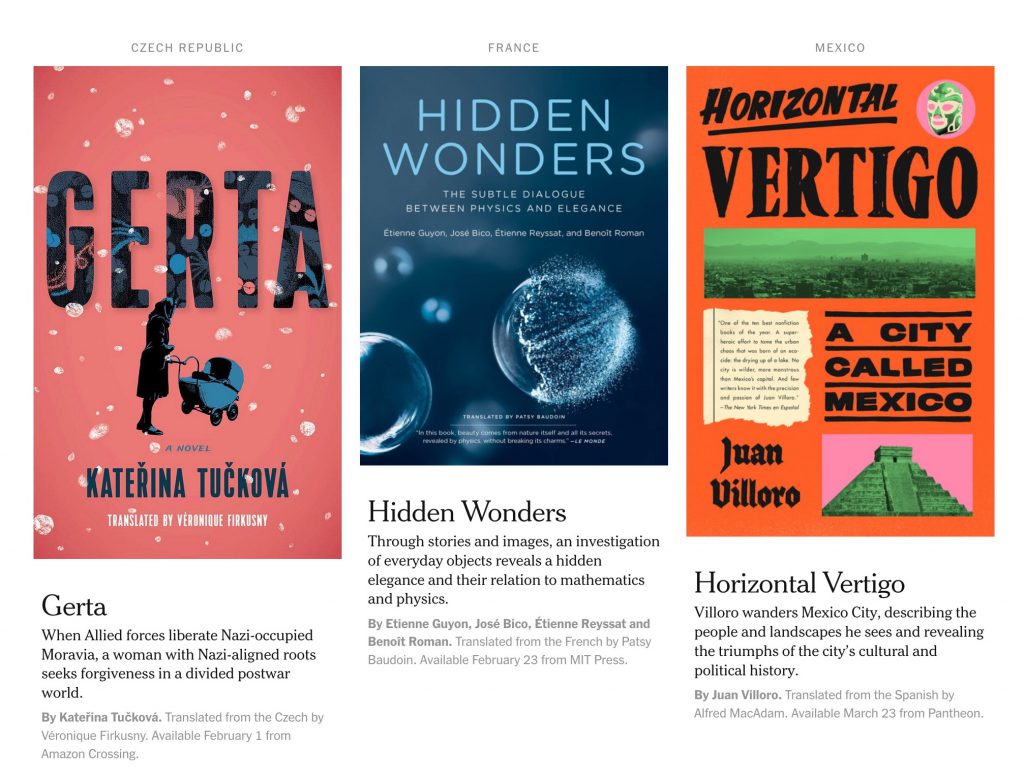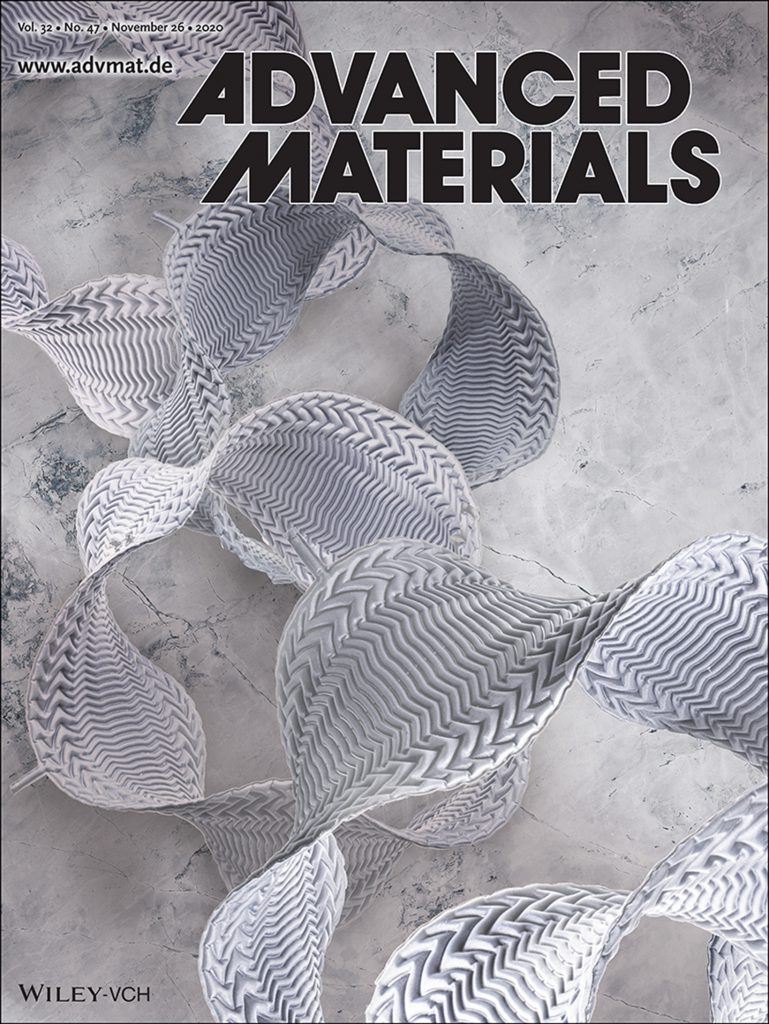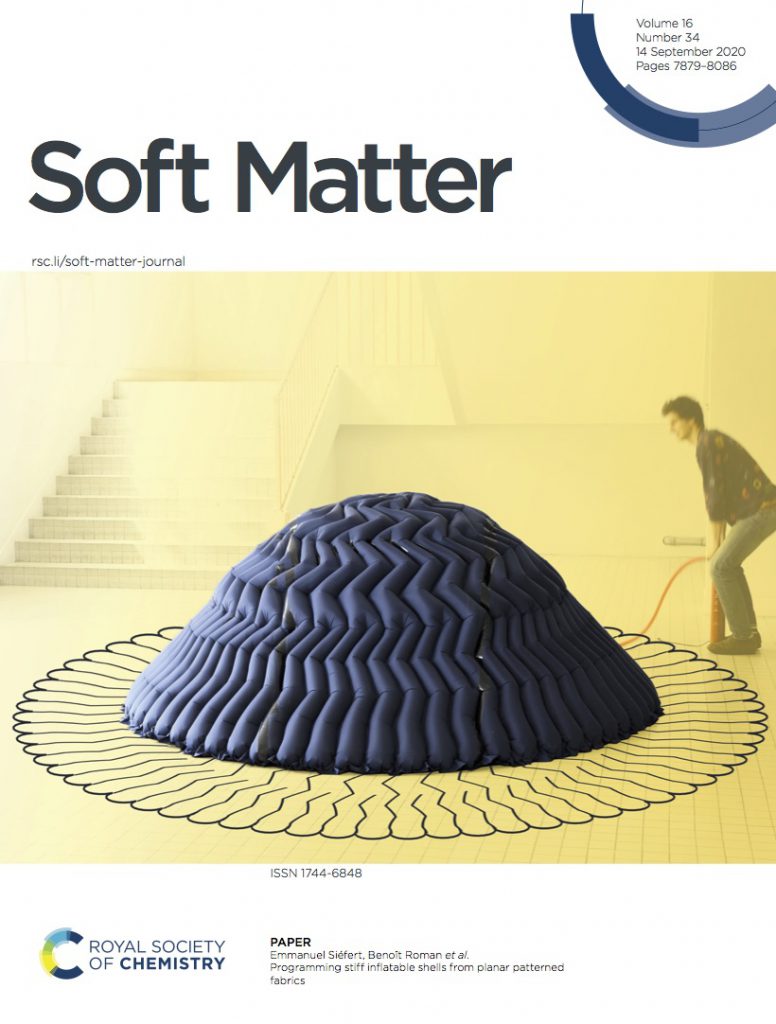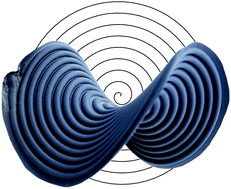Our book is available, starting February 23rd 2021 !
The hidden elegance in everyday objects and physical mechanisms, from crumpled paper to sandcastles.
Hidden Wonders focuses on the objects that
populate our everyday life—crumpled paper, woven fabric, a sand pile—but
looks at them with a physicists’ eye, revealing a hidden elegance in
mundane physical mechanisms. In six chapters—Builders, Creating Shapes,
Building with Thread, From Sand to Glass, Matter in Motion, and
Fractures—the authors present brief stories, set in locales ranging from
the Eiffel Tower to a sandcastle, that illustrate the little wonders
hidden in the ordinary. A simple experiment that readers can perform at
home concludes each story. More than 200 illustrations bring the stories
to life.
Through these stories and images, the authors explain
the amazing mechanisms that govern the elements that surround us,
offering a close look at the subtle dialogue of form, force, and
function. They connect the underlying physics to a range of
applications: crumpled graphene sheets that may be used in batteries,
wet-hair physics that must be taken into account in the manufacturing of
mechanical microdevices, pine cone mechanisms used in contemporary
architecture, and more. Each chapter offers striking two-page spreads of
text and images.
Endorsements
How everyday objects reflect deep and beautiful mathematics and physics. You'll never look at a bubble, a spider's web, or a wineglass in quite the same way again. Utterly fascinating!
Ian Stewart, author of Do Dice Play God?, Calculating the Cosmos, and The Beauty of Numbers in Nature
Hidden Wonders is a lovely reminder that amazing science needn’t be exotic or remote, but surrounds us every day with riches at the same time reassuringly familiar and constantly surprising.”
Philip Ball author of Patterns in Nature, Beyond Weird, and The Beauty of Chemistry: Art, Wonder, and Science
From why things break to why they hold together, from why cut flowers wilt to why arches can stand for centuries, from the drape of a necklace to the strength of sea shells, Hidden Wonders is endlessly entertaining and enlightening. With clear prose, engaging illustrations and kitchen-table do-at-home experiments, this fun and accessible book will give you a new appreciation for the wonders of the world—both natural and man-made—that surround us every day.
James Kakalios Professor of Physics, University of Minnesota; author of The Physics of Superheroes and The Physics of Everyday Things
